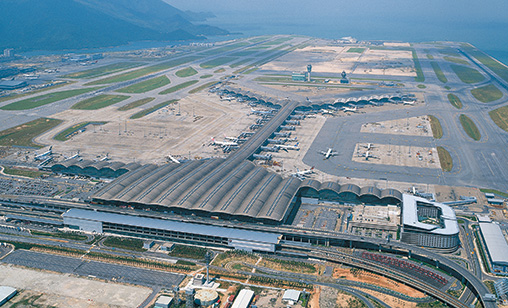Addendum
Asia-Pacific air growth to suffer from political and tariff tensions
September 1st 2019
The International Air Transport Association’s (IATA) latest airline industry report said the Asia-Pacific had a 37.1% share, or 1.6 billion customers, of the global airline passenger market to December 31, 2018, an increase of 9.2% over 2017. Read More »
The region’s nearest competitor was Europe at 26.2% or 1.1 billion passengers, followed by North America (22.6%/989.4 million passengers), Latin America (6.9%/302.2 million passengers), Middle East (5.1%/224.2 million passengers) and Africa at 2.1% (92 million passengers).
 |
IATA said: “the development of the low-cost sector continues to outpace the network carriers. Globally, LCC available seat capacity grew 13.4% [in 2018], which was double the overall expansion of the industry at 6.9%” for the same period.
LCCs accounted for 21% worldwide capacity last year.
Asia continued to lead the global growth table with the world’s top five international/regional pairs operating within the region.
They are Hong Kong-Taipei Taoyuan (1), Bangkok Suvarnabhumi-Hong Kong (2), Jakarta Soekarno-Hatta - Singapore Changi (3), Seoul Incheon-Osaka Kansai (4) and Kuala Lumpur International-Singapore Changi (5).
The world’s leading five airports for domestic city pairs were Jeju-Seoul with 14.5 million passengers, followed by Fukuoka-Tokyo Haneda (7.6 million), Melbourne-Sydney (7.6 million), Sapporo-Tokyo Haneda (7.3 million) and Beijing Capital-Shanghai Hongqiao (6.4 million).
IATA said “second quarter financial performance improved in the North American region, which is dominating the relatively small sample of airlines that have reported so far”.